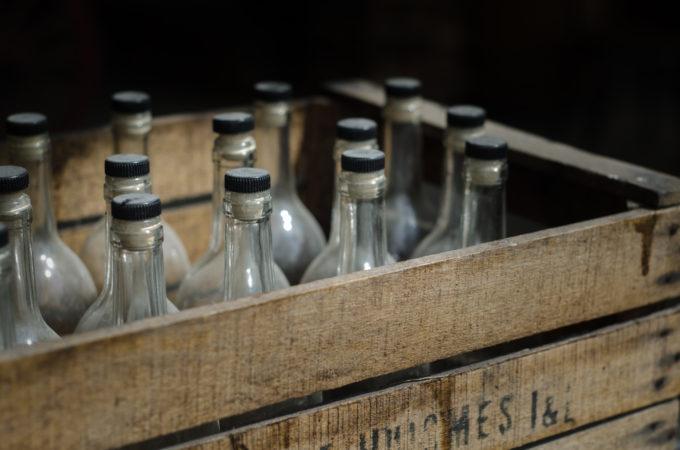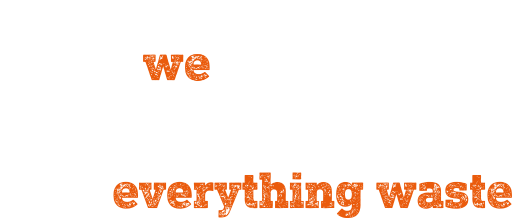
What is the Circular Economy in relation to Recycling?
What is the Circular Economy in relation to Recycling you ask? Every time you clean a glass bottle and recycle it to use it again, whether for liquid storage or as an original vase, you contributed to it. Every time you decided to have your old tyres repaired rather than thrown away, you have unconsciously closed a loop. You have been a key element in the circular economy model without even knowing it. For this we would like to say well done(!) and tell you a little bit more about the circular economy and how small daily actions could turn you into an eco-hero.
The model is simple: reuse what you can, recycling what cannot be reused, repair what is broken, and re-manufacture what cannot be repaired. The circular economy reuses and extends the lives of products through repairs, upgrades and retrofitting and reprocesses materials into new resources for manufacturing. It is a magic circle that reduces waste as well as saving energy and space. It is expected to reduce greenhouse-gas emissions by up to 70% in certain European countries and create new jobs.
So yes, the circular economy has a lot to offer. Unfortunately the lack of awareness and the fear of the unknown are holding us back from embracing its numerous benefits. New technologies, among which IoT, are considered as key enablers to the transition to a circular economy. IoT will provide useful information about condition, location and availability of assets that can be used or repaired more effectively. Innovative product design will enable a faster recycling process and integration of modular systems with standardised components will reduce material waste significantly.
The European Commission recently adopted a ‘Circular Economy Package’ with proposals aimed at stimulating Europe’s transition toward a circular economy. The Commission is determined that this new model will boost competitiveness, encourage sustainable growth as well as create new jobs. Some proposed actions include a common EU target for recycling 75% of packaging waste by 2030 and economic incentives for producers to put greener products in the market at the same time as supporting recycling schemes. But changes are not only happening in Europe. Apple recently announced that it recovered $40 million worth of gold from recycled iPhones and other devices. The giant is currently developing a robot called Liam designed to disassemble 1.2 million iPhones each year, enabling the reuse of various materials and giving your broken phone a second life. The city of San Francisco is now ranking at the top of recycling cities, diverting around 80% of its generated waste away from landfills and transforming its food waste into grounds fertilizer for farms.
In Conclusion
As we can see, the wheels of the circular economy are already going round and round. But it cannot happen without the people, who are central to this model. Without the willingness of individuals to give a second life to used products and recycle, the circular economy cannot function. It is your responsibility to think twice before throwing an item away and spread the word. Everyone should be involved in the sustainable future of our societies, not just scientists. How cool would it be if jewelry sharing, leased jeans and rental designer handbags were on the cover of fashion magazines and not science journals? Here at Kollect we are very passionate about recycling. By properly separating your recyclable waste, you are doing your bit in making a greener and healthier Earth. So thank you!
Sources:
- European Commission, Circular Economy Strategy, Environment, 2016
- European Commission, Closing the loop – An EU action plan for the Circular Economy, EUR-Lex, 2015
- Techcrunch, IoT and the development of a circular economy, Crunch Network, 2016
- Nature, The circular Economy, 2016
- The New York Times, San Francisco, the ‘Silicon Valley of Recycling’, Science, 2016
- CNN Money, Apple recovered 2,204 pounds of gold from broken iPhones last year, Tech, 2016





